AeroCom phase III experiments
The AeroCom phase III experiments were initiated in March 2015 to expand earlier work. Details of experiment design, priorities, requested output, and timeline are described below. Files from AeroCom phase III experiments should be found on the aerocom-users server under
/metno/aerocom-users-database/AEROCOM-PHASE-III/{model}For submissions of data to any experiment described below, please follow the instructions given here.
Common requirements
Harmonized anthropogenic, biomass burning, and volcanic emission data sets
The currently proposed and on-going AeroCom Phase III model experiments require to use the same emission datasets for all simulations:
- Anthropogenic emissions: Community Emission Data System (CEDS) for CMIP6, currently available for 1750-2014
- Biomass burning emissions: CEDS for CMIP6, currently available for 1750-2015
- Volcanic emission is based on the TOMS- and OMI-based estimates, currently available for 1979-2018 (the eruptive (1979- Feb 2019) and degassing (2000-2005) volcanic SO2 emissions from S. Carn in an excel sheet can be found here.
A brief description, recommendations of anthropogenic emission beyond 2014 and biomass burning emissions beyond 2015, additional biomass burning data set, access to the emission data sets, and other information can be found here.
Unified transport and deposition tracers
To diagnose and evaluate the characteristics and model differences of transport and removal processes, it is important to implement common tracers of transport and dry/wet removal processes across all models.
- Transport tracer: CO with 50-day lifetime with prescribed direct anthropogenic and biomass burning emissions, oxidation from NMVOC from anthropogenic, biomass burning, and biogenic emissions, and oxidation from CH4.
- Removal tracer: Pb-210, which is formed from Rn-222 decay (5.5-day lifetime). Its dry/wet removal processes should be treated the same as sulfate.
Descriptions of tracers, access to the CO tracer sources and Rn-222 emission, and other information can be found here.
Diagnostics Request 2019
The diagnostics for most of the experiments mentioned on this wiki page are put together here. Be aware of updates ! versions will have a date attached.




